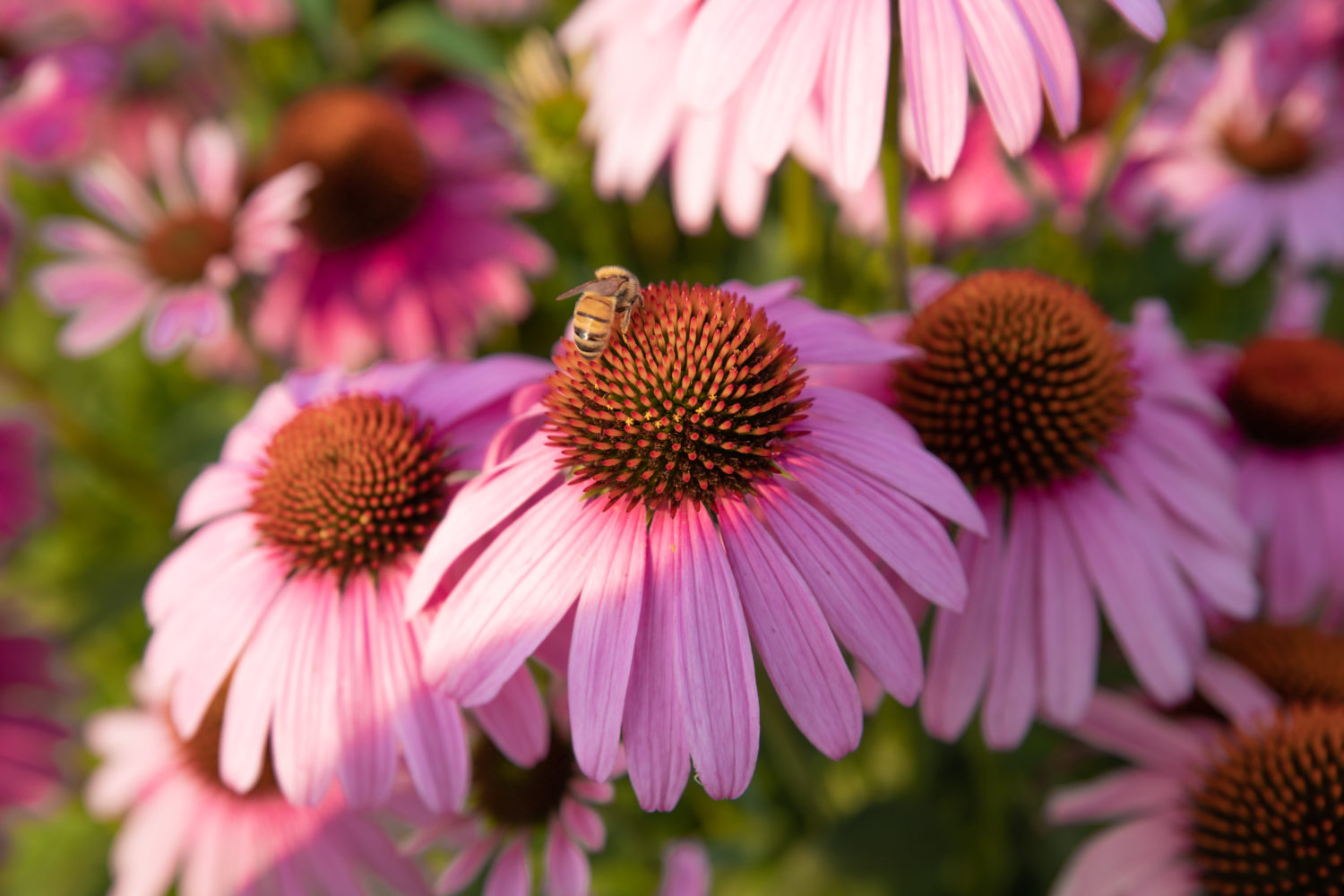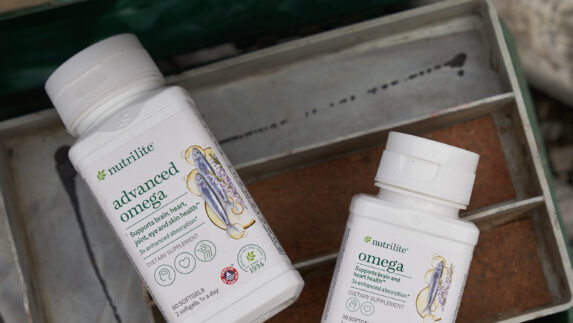Echinacea, the beautiful purple coneflower so common in North American landscaping, is more than just a feast for the eyes. It can also be good for your health.
Native Americans turned to echinacea roots and root juices centuries ago when faced with various ailments, including toothaches, sore throats and even snake bites. While snake bites may not be a common occurrence today, people are still looking for ways to help support their natural immune defenses.
That’s why echinacea is the largest crop at the organic Nutrilite farm in Trout Lake, Washington. Nutrilite researchers there have been studying different varieties of the botanical for years, narrowing their focus down to two types that provide the highest levels of key nutrients.
Nutrilite created a proprietary blend of extracts from the plant and root of echinacea purpurea and the root of echinacea angustifolia. Researchers found that the combined nutrients work together to provide a broad range of immune support.
Trout Lake offers ideal growing conditions
The two farm locations at Trout Lake provide ideal growing conditions for the flower, which is native to the prairie lands of North America. Trout Lake West, with its ashy, loamy soils and glacier-fed water supply, harvests 96 acres of echinacea purpurea each year.
Trout Lake East, which has a drier climate and sandier soil, harvests 193 acres of echinacea purpurea as well as echinacea angustifolia annually. Both varieties offer purple blooms; the purpurea is a darker purple, while angustifolia is a creamier, lighter shade.
Sowing their own seeds
Most of the echinacea seeds used at Trout Lake come directly from the plants already grown there. “By harvesting seeds from our own farm, we have a clear understanding about the history of these plants,” said Danielle Kruse, farm manager at Trout Lake West.
Knowing and documenting that history is a key part of operating an organic farm and of the Nutrilite commitment to traceability. Each seed starts with a birth certificate detailing its variety and where it came from, she said.
Then they continue that record keeping by carefully tracking every step of its journey, starting with when and where it’s planted, what organic fertilizer is applied, when and by whom, and continuing on through harvest.
Bees make friendly neighbors
While the farms have plenty of natural pollinators for the crops, the expansive fields of purple flowers and other flowering crops have beekeepers knocking on their door, Danielle said.
Healthy hives survive on a steady supply of nectar and pollen. Between echinacea, blueberry, peppermint and other flowering crops, Trout Lake is a beekeeper’s paradise. There’s almost always something in bloom.
“We allow different beekeepers to put their bees here. They like to use our echinacea for their bees and it’s healthy for our plants to have that,” she said. “And we get a lot of free honey out of it!”
Harvesting echinacea
Harvesting echinacea is a process the farm teams have honed over the years with customized equipment and precise timing. Echinacea purpurea reaches its peak nutrient content when about a third of the crop is in bloom with rich color in the center of the cones. The stems are cut about 5 to 8 inches (13-16cm) from the base and the process ensures the harvested plant never touches the ground.
The harvested pieces are chopped right in the field and sent to the processing facility where they are extracted into liquid concentrate. (That all happens in under four hours!) The leftover parts of the plants are not wasted, either. They are chopped and returned to the soil for nutrients.
For root harvest, the crews use a digging tool designed on the farm that carefully lifts the roots with as little damage as possible, ensuring no valuable parts are left behind. The harvested roots are inspected and then thoroughly washed and dried using another proprietary process developed over 20 years that guards against the development of microbes prior to processing.
The roots are then sent to the processing facility where they are milled and extracted into concentrate. The liquid concentrates from the plants and roots are dried to a fine powder to be used in Nutrilite supplements, including Nutrilite Immunity Echinacea.
After all that, you might never look at that pretty coneflower the same again!
To learn more about our farms visit nutrilitetraceability.com.
* Unless indicated on the product label, Nutrilite products and ingredients are not organic.




